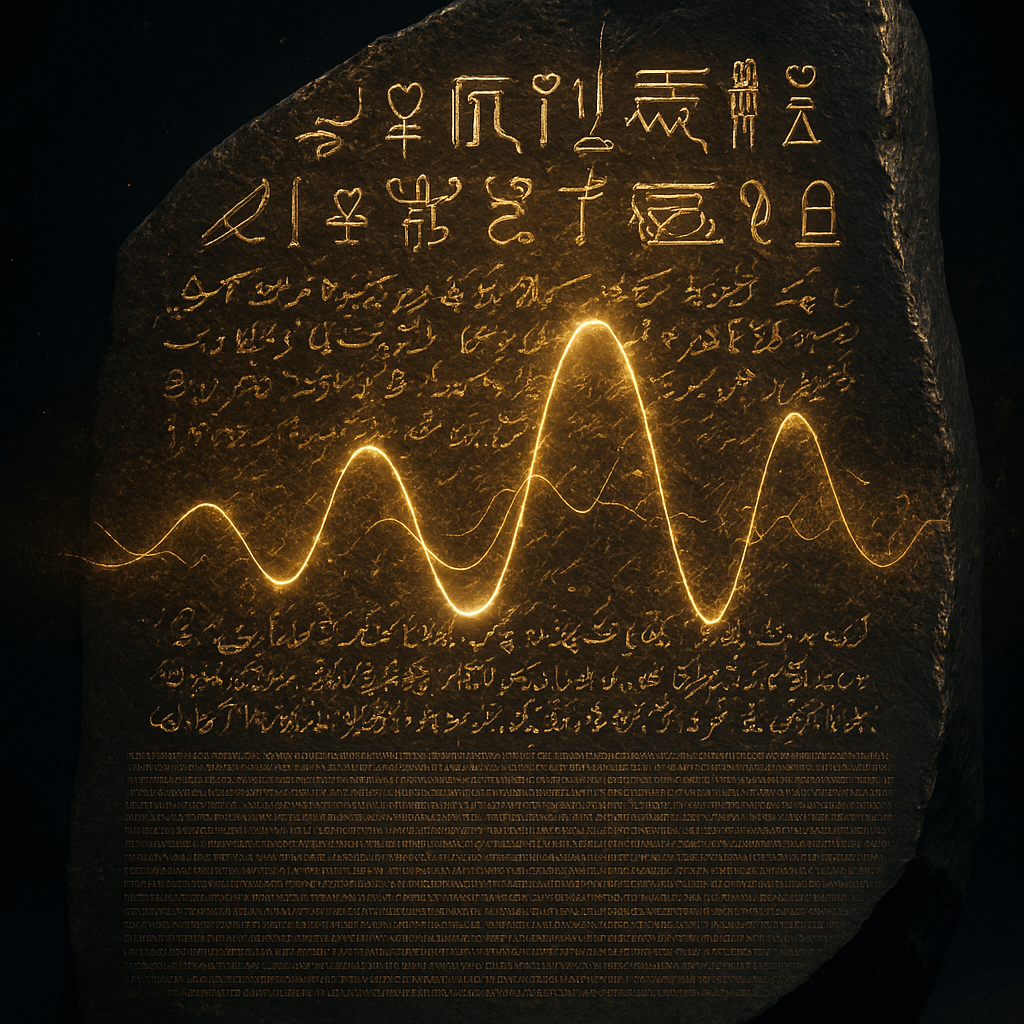The Rosetta Stone: A Key from the Past
The Rosetta Stone is often celebrated as one of the most significant archaeological discoveries in human history—not just because it unlocked the ability to translate ancient Egyptian hieroglyphs but also because of what it represents.
Discovered in 1799 near the town of Rosetta (Rashid), Egypt, this single slab of granodiorite held a decree issued in 196 BCE — written in three scripts: hieroglyphic, demotic, and ancient Greek. It was this multilingual inscription that allowed scholars to finally decipher the language of the Pharaohs, bridging the gap between ancient and modern understanding.
But for some, the Rosetta Stone holds a much deeper meaning — one that transcends language and enters the realm of frequency, vibration, and hidden knowledge.
Myths, Mystery & Symbolism
The Rosetta Stone has long fascinated not only historians but also esoteric circles, researchers of ancient technology, and spiritual seekers.
Some believe it was more than just a political decree — that it served as a coded message for future generations. Secret societies like the Freemasons and Rosicrucians have drawn symbolic meaning from its triadic nature, believing that the use of three tongues reflects the sacred trinity of mind, body, and spirit, or thought, word, and deed.
Others suggest the Stone mirrors a principle found in sound resonance and harmonic frequency — where a single truth can be expressed in multiple forms, yet still remain fundamentally unified.
This idea of “mirrored languages” aligns with ancient beliefs that the true power of communication lies not just in the words themselves, but in the vibration and intent behind them.
The Decode: The Stone of Three Tongues
Here’s our symbolic interpretation of the Rosetta Stone — not just as a linguistic tool, but as a frequency key:
Final Interpretation
- Authority loses its power when the people are not in harmony.
- Unity between worlds must be carved in more than one language.
- What is just must be repeated — in spirit, in flesh, and in mind.
- To preserve truth, it must be mirrored — like a prism with one light.
- Gratitude is not obedience; it is a recognition of order.
- Harmony between nations begins with shared understanding.
- The same message, expressed in three forms, becomes eternal.
- Time will bury the tongue, but not the tone.
- Stone does not forget. Words may fade, but frequencies remain.
- Those who read this will unlock not a law — but a key.
- The key is not in the words. It is in the resonance between them.
This is not just a poetic interpretation. It’s a blueprint — one that suggests our ancient ancestors encoded truths about harmony, law, unity, and resonance within stone, trusting that even when language faded, the vibration would endure.
Why It Matters Now
In today’s world of digital noise and divided narratives, the lesson of the Rosetta Stone may be more important than ever. It reminds us that:
- Language is a tool, not a truth.
- Messages meant to last must be encoded across multiple layers.
- True power lies in the frequency of intent, not the surface of speech.
And maybe the most important message is this:
The Hidden Message Was Always in Plain Sight
What if ancient civilizations understood something we’ve forgotten? What if they knew that resonance carries further than reason — that the tone behind the words will always outlast the text?
The Rosetta Stone might not just be an artifact. It could be a reminder. A whisper from the past saying:
“Look again. The message you seek is not in what was said — but in what was meant.”
Sometimes, the most powerful truths aren’t hidden at all — they’re just waiting for someone to listen between the lines.

